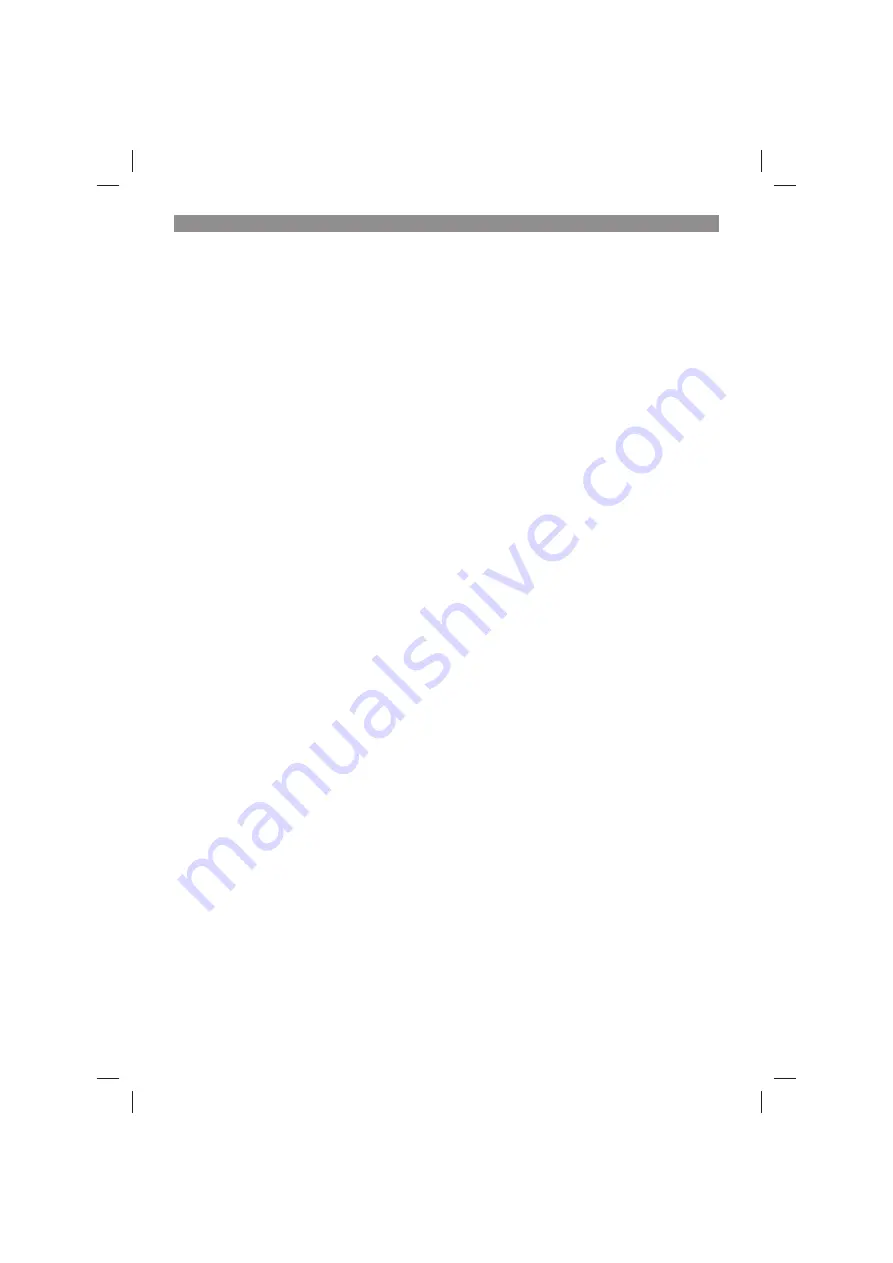
GB
- 16 -
5.1 Connecting the intake line
As a basic principle, we recommend the use of
a preliminary
fi
lter and a suction set with suction
hose, suction strainer and non-return valve, in
order to prevent long priming periods and unne-
cessary damage to the pump as a result of stones
and solid foreign bodies.
•
Screw an intake hose (min. 3/4“ plastic hose
with spiral reinforcement) either directly or
with a threaded nipple to the pump’s intake
connection (1“ IG) (see Fig. 1).
•
The intake hose used should have an intake
valve. If the intake valve cannot be used, a
check valve should be installed in the intake
line.
•
Position the intake line so that it rises from
the water withdrawal point to the equipment.
Avoid positioning the suction pipe higher than
the pump, as this would delay the escape of
air bubbles from the suction pipe and impede
the priming process.
•
Install the intake and discharge lines in such
a way that they do not exert any mechanical
pressure on the equipment.
•
The intake valve should be low enough in the
water to ensure that if the water level falls, the
equipment will not run dry.
•
A leaking intake line will draw in air and there-
fore not draw in any water.
•
Avoid drawing in foreign bodies (sand etc.). If
necessary, install a prefilter for this purpose.
5.2 Connecting the discharge line
•
The discharge line (min. 3/4”) must be con-
nected to the 1” female thread discharge line
connector of the equipment either directly or
with the aid of a threaded nipple.
•
With the right couplings it is also possible, of
course, to use a 1/2“ delivery hose. The smal-
ler delivery hose results in a lower delivery
rate.
•
During the priming operation, fully open any
shut-off mechanisms (spray nozzles, valves,
etc.) in the pressure line so that the air can
escape without obstruction.
5.3 Electrical connections
•
Connect the appliance to a 230 V ~ 50 Hz
socket-outlet with earthing contact. Minimum
fuse 10 ampere.
•
The appliance is switched on and off using
the integrated ON/OFF switch.
•
A built-in thermostat protects the motor from
overloading and blocking. The pump is swit-
ched off automatically by the thermostat if
overheating occurs and is switched on again
automatically after cooling.
6. Operation
•
Install the equipment on a solid and level sur-
face.
•
Fill the pump housing with water via the water
filler screw (4). Filling the intake line accelera-
tes the intake process.
•
Open the discharge line.
•
Connect the mains cable. The intake process
starts automatically; water can be suctioned
in for up to 5 minutes (maximum suction
height).
•
If the pump is removed again after use, it
must always be refilled with water whenever it
is connected up and used again.
7. Replacing the power cable
Danger!
If the power cable for this equipment is damaged,
it must be replaced by the manufacturer or its
after-sales service or similarly trained personnel
to avoid danger.
8. Cleaning, maintenance and
ordering of spare parts
The equipment is almost completely maintenance
free. In order to ensure a long service life, howe-
ver, we recommend that you regularly check and
care for the product.
Danger!
The equipment must be disconnected from the
power supply (pull the power plug) prior to perfor-
ming any maintenance.
8.1 Servicing
•
If the equipment becomes clogged, connect
the discharge line to the water line and dis-
connect the suction hose. Open the water
line. Switch on the equipment several times
for approx. two seconds. This should resolve
the majority of clog-related problems.
•
Replacing the mains cable:
Important: Disconnect the equipment
from the power supply! A defective mains
cable may only be replaced by a qualified
Anl_GC-GP 6036_SPK1.indb 16
Anl_GC-GP 6036_SPK1.indb 16
06.04.2017 13:16:51
06.04.2017 13:16:51
















































